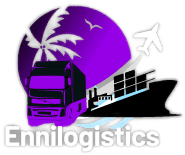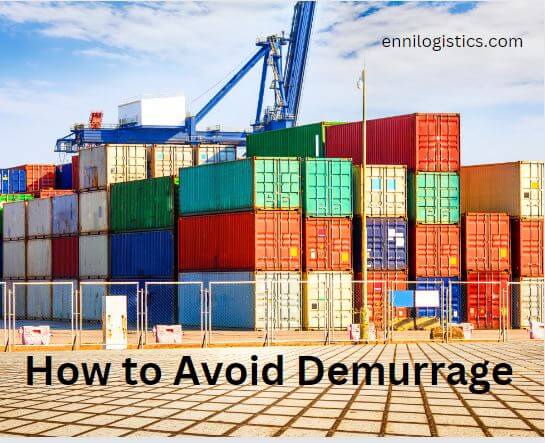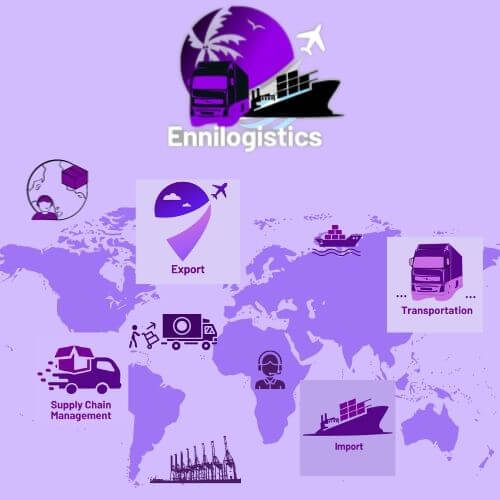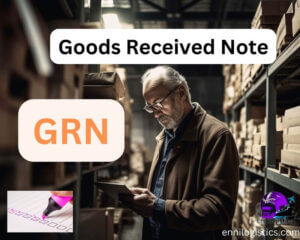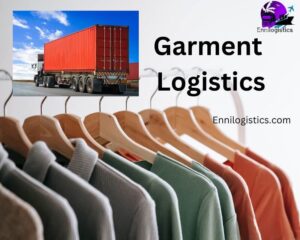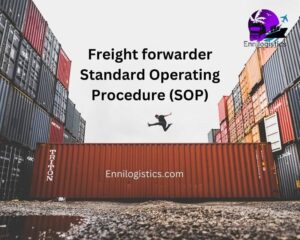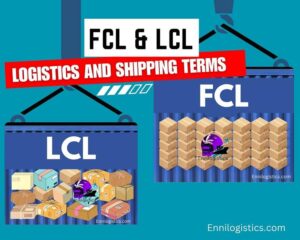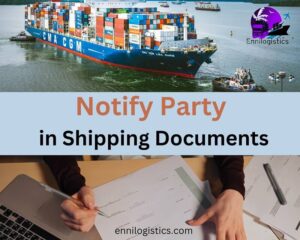We can’t fully avoid demurrage charges for the shipment. Some reasons are predictable factors as well as unpredictable and unavoidable factors as well. We’ll discuss how to minimize the demurrage charges in the shipping industry through proper planning. I would like to introduce a checklist for minimizing demurrage charges as well as proper planning and following the shipment process.
Before the explaining minimizing factors of demurrage, it is useful to know the meaning of demurrage and what are the reasons for demurrage. You can read the post, Top 7 Reasons For Demurrage? Simple And Easy Explanation. Now you have an idea about demurrage as well as the root causes and reasons for demurrage. Now we need to analyze how to prevent those causes that are directly affecting the demurrage.
How to minimize the risk of demurrage we can follow the below tips. When we consider the import or consignee side, there are many negligence and mistakes that can be reasons for demurrage.
How to Avoid Delays of Consignee/importer
After the shipment arrives at the destination port consigne or importer should clear the shipment early. For that need have the correct documents and need to allocate a CHA member or freight forwarder to clear your shipment on time. Some time consignee does not know about the shipment’s arrival (ETD And ETA) and they don’t allocate the clearing requirement at the right time and on time.
When the moment of the shipment arrived from the shipper’s warehouse importer/consignee needs to follow up on the shipment every day. Because there are some unexpected situations that can be delayed your shipment. If you continuous updating and flow up the shipment details you will help to prepare for the shipment arrival.
To get know shipment updating you can use the shipment tracking software or container tracking software. Most of the time your carrier or shipping lines are offering tracking facilities. You can get the advantage of shipment tracking.
Shipping lines and freight forwarders are sending shipment arrival notices before the shipment arrives at the destination port. You can get an idea of your shipment by referring to the ETD and ETA of the shipment arrival notice. When you don’t have access t the shipment tracking software you can follow up your shipment details with your freight forwarder or shipping line agents by phone or email.
This continuous follow-up helps to reduce delays at the port which case of documentation failure or logistics providers’ absences.
When purchasing the goods or the first stage of shipment arranging you need to identify whether shipping documents relevant to your shipment. When importing or exporting goods that are under restricted goods you need to apply for local authority approvals.
Steps to avoid the delays of consignee/importer
- Follow up on the shipment updates from when your order placed
- Investigate the product specifications which is going to be shipped and research requirements for imports or exports
- If there is a license and approvals requirement, need to apply for them when preparing the shipment. It is better to apply before the shipment departure from the origin port. Because need some time to get approvals from local authorities.
- Use the container tracking software or shipment tracking software-For the daily tracking purpose you can use container tracking software or shipment tracking software,.And also there are online tracking facilities for shipping lines or carrier’s websites. If you are not aware of using shipment tracking software. You can call or send emails to your freight forwarder/NVOCC company or direct shipping line for asking updates on your shipment.
- When the shipment arrangement you have to keep in touch with your freight forwarder or customs house agent regarding documentation requirements and logistics and transport allocation.
- You need to have better knowledge regarding shipment arrival notice and ETA and ETD.
- Make sure that your shipment insurance coverage is done by your supplier or importer. It is depending on the intercom term which you have agreed with the supplier.
- There should be awareness of importer and exporter responsibility according to incoterm and payment terms.
- As an importer, you have to ready payment for the customs clearance process and logistics activities. Financial allocation needs to approve by your company’s financial department.
- You have to arrange the payment process according to the payment term.
- If you are going to shipment clearance through the use of a shipping guarantee/bank guarantee you need to do relevant things before the shipment arrives at the destination port.
- After the shipment departure from the origin port, you need to ask for original shipping documents from the exporter or seller. Then he is responsible to send documents as soon as possible to an importer. Then you need to check the relevant documents within your customs house agent for document accuracy and other required document. If the customs house agent has identified documentation errors you can fix them in a legal manner with the coordination of the exporter. If need additional documents, you can arrange them as soon as possible.
- If you are arranging all the documents before the shipment arrivals you can clear your shipment as soon as possible.
- For that, there should better coordination and collaboration between the importer, exporter, freight forwarder, customs house agent, company financial departments, banks, and other parties involved with the shipment.
- After receiving the shipment arrival notice you can send your custom house agent with the relevant document to the for clearance process.
- If there are charges to paying for customs and port authority such as customs duty and port chargers, demurrage your need to plan before and be ready at the moment of the shipment arrivals.
- You have to ready the transport provider to send when the shipment is cleared by customs and also need to arrange storage facilities.
The way to avoid the demurrage
- Proactive planning: The better planning process for clearing the shipment. you can use a checklist for the planning process.(please refer to below shipment checklist)
- Ensuring all the shipping documents -Mandatory documents for the customs clearance process. Bill of lading, commercial invoice, packing list, payment documents, insurance certificate
- additional required documents: Country of origin certificate, trade agreement documents, bills of exchange, FRIC certificate
- Coordinate with freight forwarders and logistics providers for clearing and transporting within your free days. Then you can avoid demurrage. Need to arrange the pickup of the shipment as soon as possible. This will help available truckers to handle the shipment.
- considering bonded warehouse facilities-In case you have to wait for clearance you can use bonded warehouse facilities. It may be a great option when late clearance. Before the ship arrivals, you can plan and arrange the bonded facilities.
- Always have a plan B-Keep alternative plans. In shipping, it is better to keep a backup plan as a second trucker. So, there are no delays.
- Always keep in touch with the freight forwarder to get information regarding your shipment status
- Giving correct instructions on-time delivery for those involved with your shipment to avoid any delays or misunderstandings.
- Shipment tracking using tracking software or the shipping line’s tracking system.
Checklist for avoiding Demurrage and follow-up shipment
You can maintain a checklist for follow-up of the shipment details. So you can avoid consignee/importer side delays when clearing the shipment. Then you can reduce demurrage. While you can’t avoid 100% demurrage due to unavoidable reasons, you can reduce demurrage by minimizing errors on your side. For that, you can maintain a checklist for each and every shipment. It reduces the mistakes and unforgettable things when handling more shipments at one time.
Please refer below checklist. It definitely helps you.
Shipment Checklist
Purchase order number: ……………………………………………………
Commercial/ proforma Invoice number: ……………………………
Supplier/exporter details
| Name | Contact number | |
HS code: …………………………………..
Description of the goods: ………………………………………………………………………………
Cargo type
| Dangerous cargo | Import/export restricted cargo | Normal cargo | LCL | FCL | other | |
License/approval requirement
| License /approval name | Local Authority and contact details | Date of applied | Approval document received date |
Other requirements of the importing cargo
Incoterm:
| EXW | FCA | FAS | FOB | CFR | CIF | CPT | CIP | DAP | DPU | DDP |
Payment term:
| TT-Advance | LC | DA | DP | DC | Open account | On consignment basis |
Insurance:
| Who is responsible (importer or exporter) | |
| Date of insurance certificate |
Freight forwarder contact details:
| Name | Contact number | |
Shipment follow-up details with freight forwarder.
| Date | Status of the shipment |
Shipment tracking details
Tracking software/site:
| Date | Status of the shipment |
Customs House Agent/Customs broker/CHA/wharf clerk contact details
| Name | Contact number | |
Shipment follow-up details with Customs House Agent
| Date | Status of the shipment |
Draft bill of lading checking and amending
| checked | amended |
Asking for shipping documents to post from the exporter.
| Date of Exporter sending the document | Date of receiving document |
Shipping Document checklist
| CusDec (customs declaration form) | |
| Bill of lading/airway bill | |
| Commercial invoice | |
| Trade agreement if applicable | |
| Bills of exchange | |
| Country of origin (when required) | |
| Packing list | |
| Insurance certificate | |
| Payment proof documents (TT or LC copies etc.) | |
| Approval from local authorities | |
| Other |
Local logistics provider’s details:
Option 01
| Name | Contact number | |
Option 02
| Name | Contact number | |
Warehouse details:
Option 01
| Name | Contact number | |
Option 02
| Name | Contact number | |
Payment details
| Estimated cost | Actual cost | |
| Customs duty | ||
| Port chargers | ||
| Local Transport chargers | ||
| Warehouse chargers | ||
| Other chargers |
Shipment Arrival Notice details
| ETD: | ATD: |
| ETA: | ATA: |
Shipment receiving date to the warehouse or own storage: ………………
You can download the above shipment checklist here
In Word format, you can add or edit to your preference and your company’s requirements.
Ultimately we can say, proper planning and preparation, coordination can avoid the delays that may happen from the consignee. It helps to reduce the demurrage at the port.
You may also like to Read,
What Is Demurrage? Simple Explanation In Different Ways
Top 7 Reasons For Demurrage? Simple And Easy Explanation
What Is Demurrage? Detention / Laytime / Despatch
What Is Bonded Warehouse: Everything You Need To Know
Port Charges And Dues In Shipping Industry
What Is The Importance Of Cargo Insurance In 2023?
Shipment Arrival Notice/Notification
ETA And ETD In Shipping: Everything You Need To Know
Customs House Agent(CHA)/Customs Broker: Everything You Need To Know
